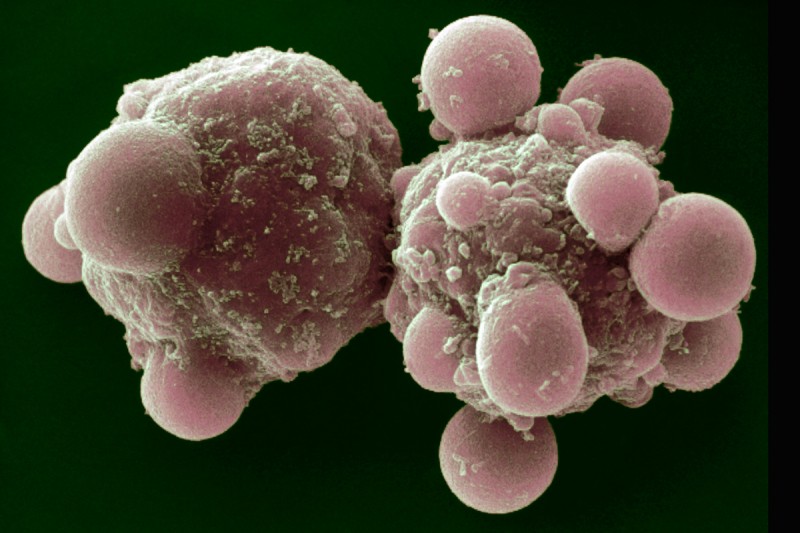What does apoptosis programmed cell death look like at a molecular level?
1 Answer
I tried to find a diagram similar to the one in my notes, but I couldn't. Here's that diagram in words.
I hope this is detailed enough!
Explanation:
UNDER NORMAL CONDITIONS: Cells have a 'death signal receptor' on their surface which is facing inwards, so no signal can bind to it. Inside the cell, a protein called Ced-9 inhibits the activity of 2 other proteins (Ced-4 and Ced-3).
APOPTOSIS: An enzyme called 'flippase' flips the death signal receptor, so it is facing outward. When a 'death signal' binds to it, Ced-9 is deactivated. Since Ced-4 and Ced-3 are no longer being inhibited, they are now activated. A chain reaction called an "activation cascade" takes place, which ultimately produces Nucleases, proteases and other enzymes. These enzymes break down the various types of molecules in the cell.
The cell dies and breaks down through a process called "blebbing". Surrounding cells called scavanger cells engulf the dying cell and recycle its parts.
Blebbing:


